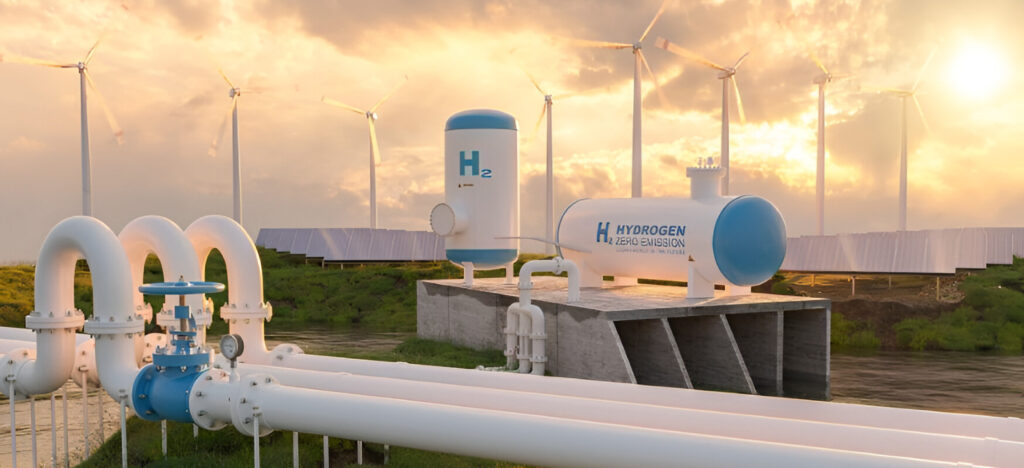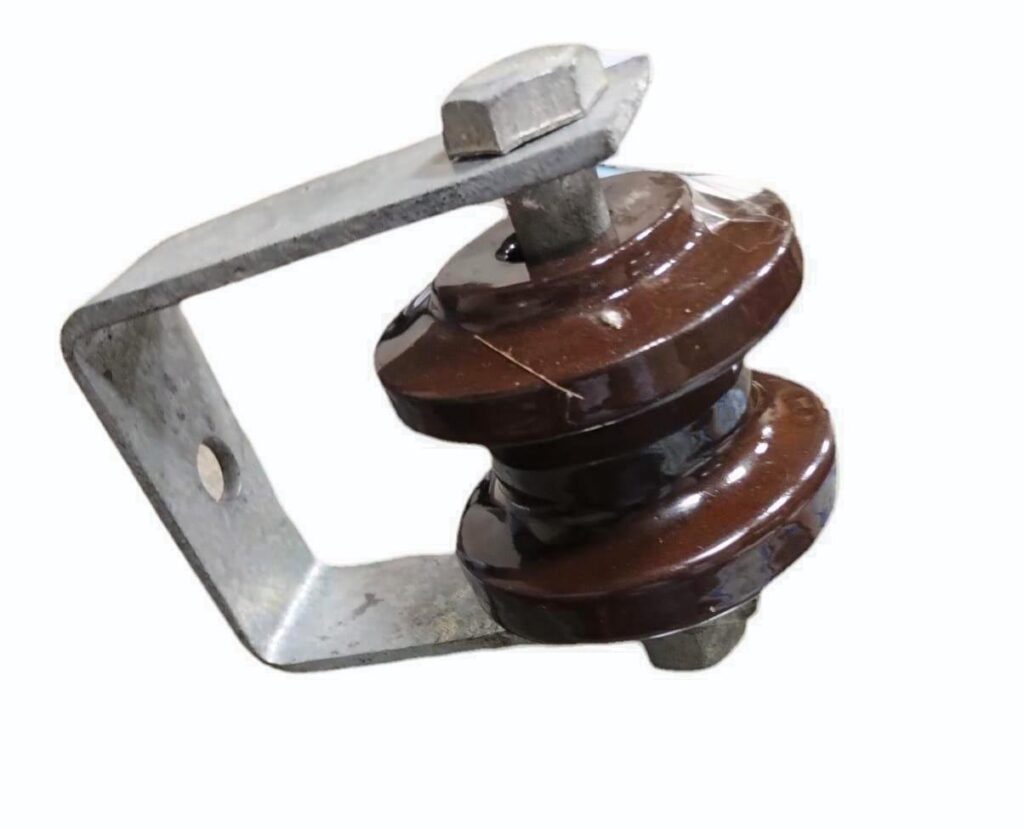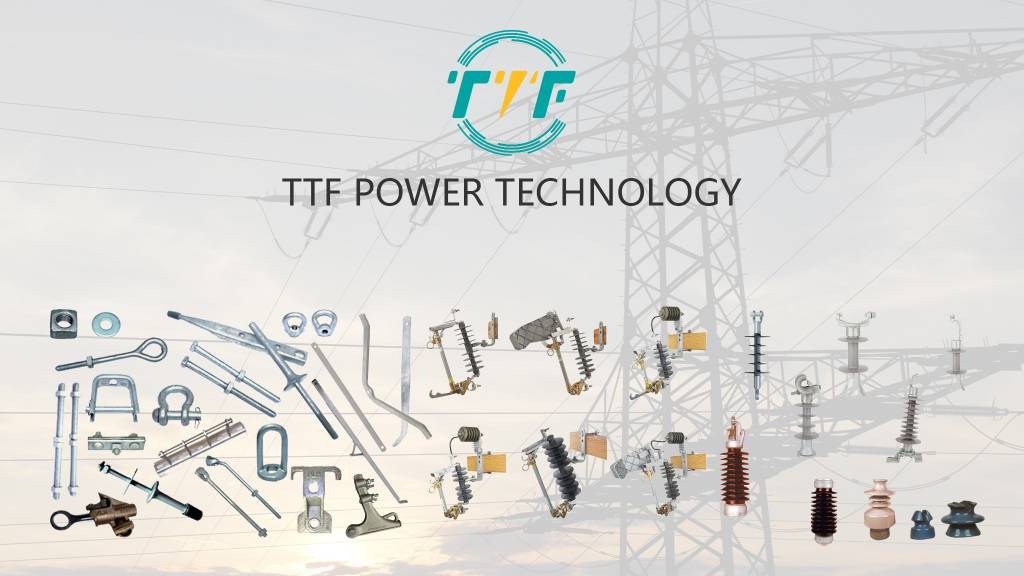
Verano Energy, a renewable energy company, acquired 160 hectares in Matarani for clean ammonia and hydrogen initiative. The project’s first phase is scheduled to become operational in mid-2027 following approval. This allocation forms part of the expansive Horizonte de Verano initiative, a clean ammonia venture valued at $11.2bn. This development will bring Peru a step closer to establishing itself as a player in the global clean energy market. It will also help pave the way for the development of Peru’s significant clean energy initiative. The project could also diversify Peru’s energy mix, reduce carbon emissions, and enhance energy security. It could also create jobs and foster local supply chains for renewable energy infrastructure. The Horizonte de Verano serves as a catalyst for broader renewable adoption, supporting both climate goals and economic growth. Shackle insulators ensure safe and reliable power distribution for electrolyzers, compressors, and other high-load equipment.
High-performance shackle insulators are essential components in electrical infrastructure for hydrogen and ammonia projects in Peru. Shackle insulators isolate and support overhead conductors and prevent short circuits caused by dust, humidity, or salt. They provide load-bearing strength while resisting mechanical stress from environmental conditions. Most used insulators are from polymer or porcelain to resist salt spray and chemical corrosion. The insulators prevent arcing or leakage currents that could ignite gases. Shackle insulators serve in switchyards and substations linking renewables to electrolysis plants.
Developing hydrogen and ammonia projects using shackle insulators in Peru
Shackle insulators play a crucial role in the electrical infrastructure supporting hydrogen and ammonia projects. They have mechanical strength, electrical insulation, and resistance to environmental stress. This helps ensure reliable, safe, and long-term operation of the clean energy infrastructure. This makes them crucial components in leveraging renewable energy for green hydrogen and green ammonia development in Peru. Here are the functions of shackle insulators in developing hydrogen and ammonia projects in Peru.

- Electrical isolation in high-voltage transmission – hydrogen and ammonia projects depend on high-voltage transmission lines. The lines are essential for electrolysis, compression and liquefaction processes, and supporting ammonia synthesis. Shackle insulators electrically isolate energized conductors from transmission poles. They prevent current leakage to grounded structures.
- Grid reliability – stable electrical infrastructure is crucial for hydrogen and ammonia plants. Shackle insulators help maintain mechanical integrity of power lines, grid uptime, and safety for personnel.
- Renewable energy integration – green hydrogen ammonia projects rely on renewable energy sources. Shackle insulators enable the safe distribution of solar and wind energy across substations and converter stations.
- Durability – shackle insulators are from porcelain or polymer materials that are resistant to UV, moisture, and pollutants. Their build enables reliable performance under large temperature fluctuations and strong winds.
- Mechanical support – ammonia plants use large compressors and pumps that demand strong power lines. Shackle insulators provide load-bearing strength while resisting mechanical stress from wind, vibrations, and thermal expansion.
Technologies used in the development of hydrogen and ammonia projects in Peru
Peru is positioning itself as a future hub for green hydrogen and ammonia production in South America. It is embracing its clean energy transition and advanced technologies to develop hydrogen and ammonia projects. These technologies lay the groundwork for Peru to emerge as a player in the global green fuel economy. Shackle insulators isolate and support overhead conductors to prevent short circuits. The following are the common technologies used in the development of hydrogen projects in Peru.

- Electrolysis technology – this is the process that splits water into hydrogen and oxygen using electricity from renewable sources. These technologies include alkaline electrolyzers, proton exchange membrane, and solid oxide electrolyzers.
- Renewable energy generation – green hydrogen depends on low-carbon electricity and are mostly tied to directly to renewable energy installations. Peru’s hydrogen projects use solar PV, wind turbines, and hybrid systems. They are often stabilized using advanced energy storage and grid integration solutions.
- Ammonia synthesis – green hydrogen is combined with nitrogen to create ammonia using a modified Haber-Bosch process powered by clean energy. These technologies operate at lower temperatures with improved catalysts to reduce energy consumption.
- Carbon capture and storage (CCS) – some Peruvian green hydrogen setups may include blue hydrogen. It involves steam methane reforming and CCS technology that reduce the carbon footprint of hydrogen production.
- Digital twins and smart plant control – modern hydrogen and ammonia plants use AI-driven control systems and digital twins.